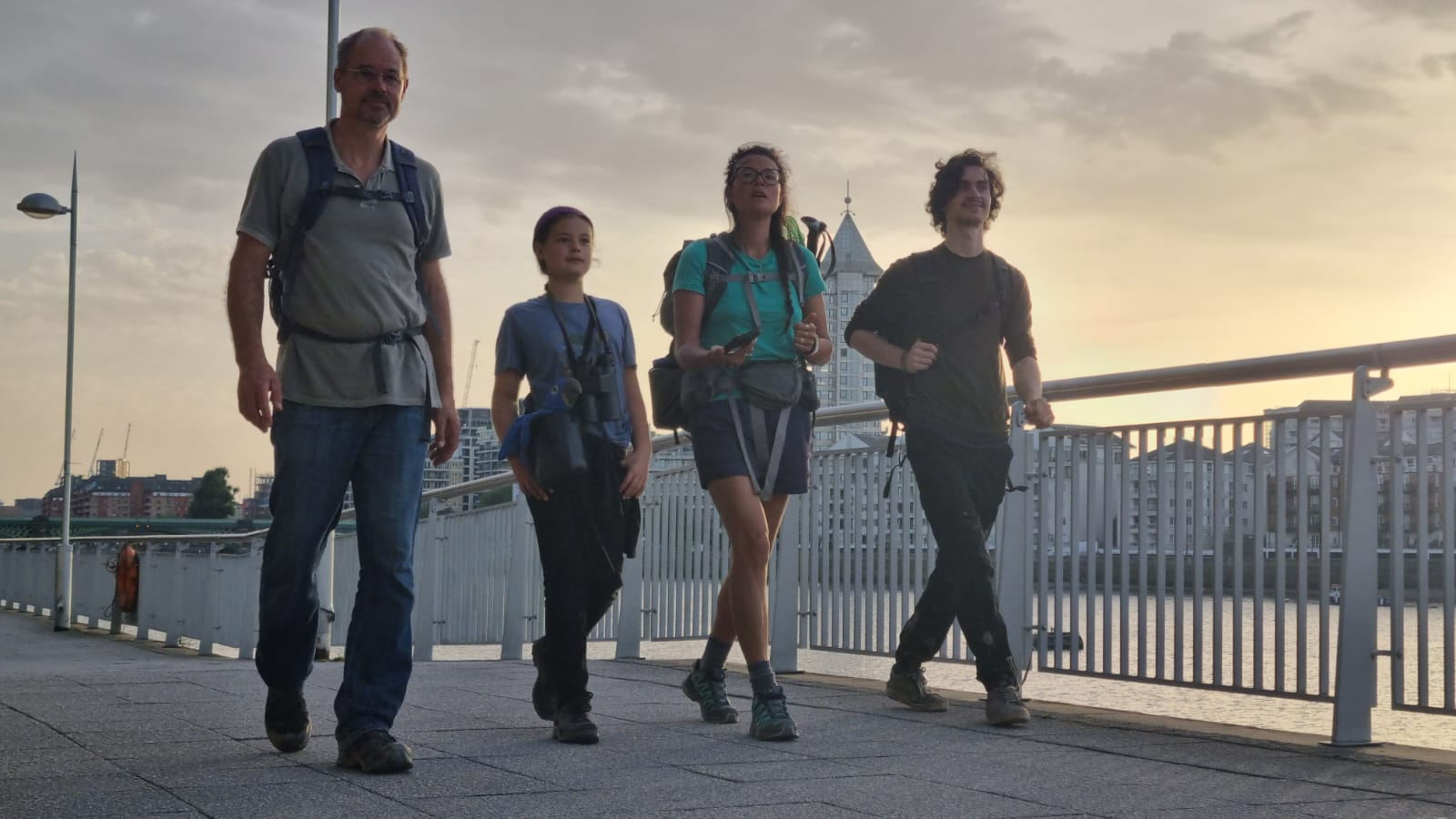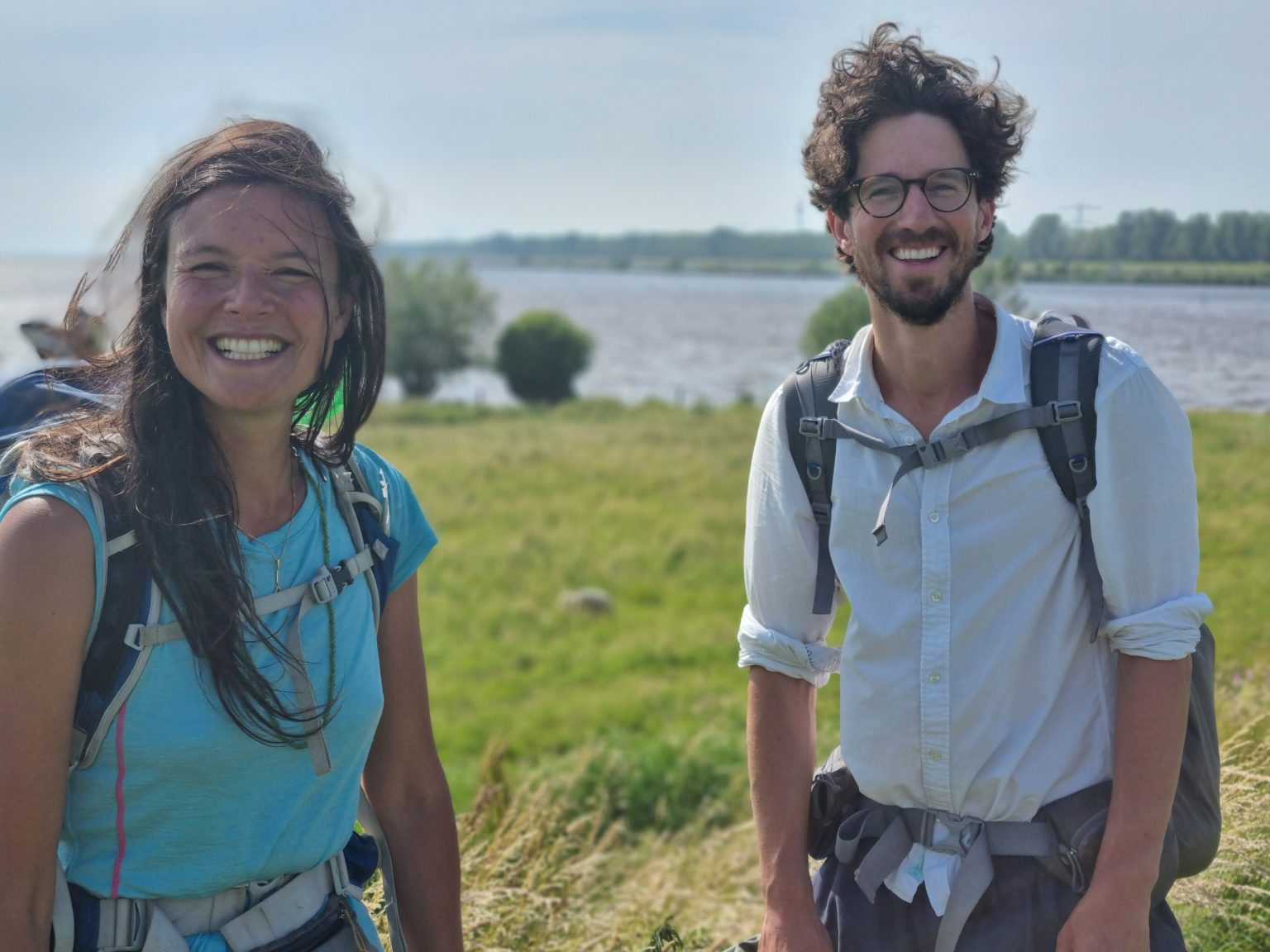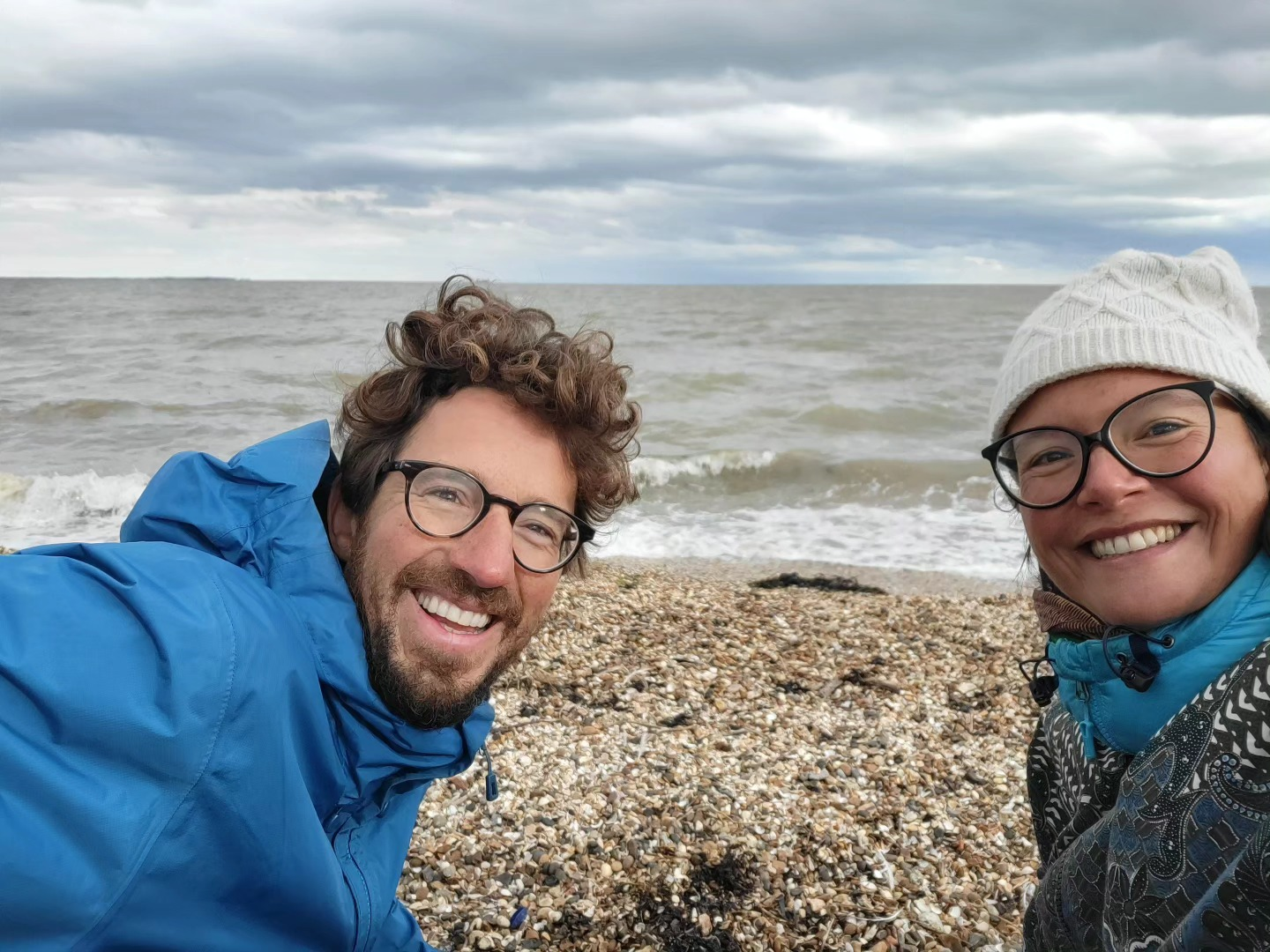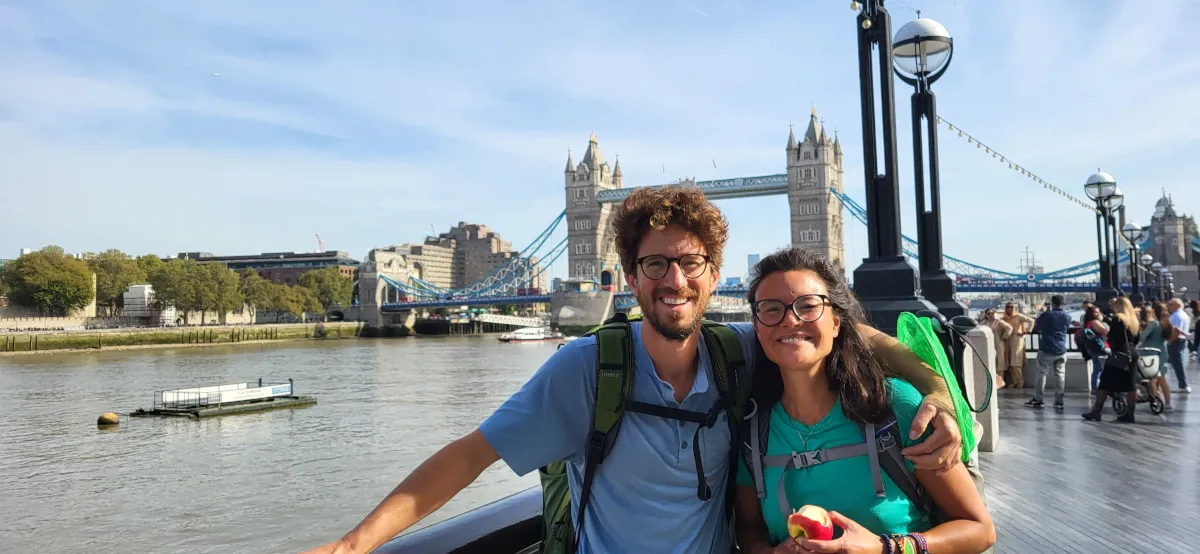Drinkable Rivers is a Dutch foundation on a mission to work towards a world with drinkable rivers through inspiring walks, events, research and education.
What is Drinkable Rivers’ mission?

Since 2018, founder Li An Phoa has organised river walks spanning across some our Europe’s longest and most famous rivers, including the Netherlands' iconic River Amstel and a 60-day, 1061-kilometre walk along the River Meuse, crossing France, Belgium and the Netherlands.
In September, Li An and a group of volunteers including First Milers embarked on a month-long walk spanning the length of the River Thames, England's longest river, from its source in the Cotswolds to the mouth of the river in the North Sea, following the thames path which passes Tower Bridge, The London Eye and the Thames Barrier on the edge of Central London.
Is the River Thames Drinkable?

For centuries, the Thames River water served as London's primary source of drinking water. However, the Industrial Revolution ushered in an era of rampant pollution, transforming the river into a receptacle for sewage, industrial waste, and other contaminants. By the mid-19th century, the Thames had become a fetid, disease-ridden waterway, earning it the infamous moniker "The Great Stink."
Today, the Thames River is not considered safe to drink directly from its source. However, it serves as a vital component of London's water supply, providing approximately 200 million litres of treated water each day. This water undergoes a rigorous multi-stage purification process, ensuring that it meets stringent safety standards before reaching homes and businesses.
Envisioning a day when the Thames River is once again drinkable, not just after treatment but directly from its source, is a vision worth pursuing. It represents a society that has reconciled its past with its present, finding a harmonious balance between human needs and the preservation of our natural world.
In the latest episode of our Climate Heroes Podcast, we spoke directly with Li An Phoa about Drinkable Rivers and why she and Maarten chose the Thames as their next project.
Bruce: What sparked your interest in rivers, and why have you decided to walk the River Thames?
Li An: "My interest grew from experiencing rivers, I had just finished studying business and I thought of doing research in an area where the Cree and the Inuit live in Northern Canada, Quebec.
I was planning on participating in a protest battle as a researcher, and I fell in love with the river, and in a way, the research went to the background, and I was participating more. Then people said, you can drink directly from the river and that has changed my life, my way of thinking and how my own river wasn't drinkable and that I had never even imagined it to be like that.”
Bruce: “Since you’ve started walking the length of the Thames from its source, what are some things you’ve learnt along the way?”

Li An: “There's so much history and stories here, and then there is a house of Kate Bush and there George Clooney lives and there George Michael. It's like all these, choose here because it's accessible.
People are living in Reading because they have one person has a job in London and the other in Oxford and that's then practical. So, we owe so much to the river, right? And many writers who are here and stories that were.
And yet the river is quite modest. It's not a very big river here. And then to think from Thameswater I’ve heard two and a half million school children are in the catchment of the Thames. So, millions of people are living here. And yeah, and then to think like this is that lifeline. And then of course all the tributaries were those are also all the sources of the Thames, making the Thames larger as we go. But that's what I learned, the generosity of the river."
Bruce: “Do you find there is more activism and change as you head downstream to the mouth of the river where there might be bigger cities?”
"Yeah, it's nice that you ask. Well, it's interesting that the source areas are very modest, often, right? Not per say the people I'm seeing, but the river is very modest there, because you can, in the beginning, the first day, you can either jump over it, or it's hardly there in case of the Thames.
So it also means less somehow, because it's just little bit of water. But in London, so many selfies on the daily basis are made with the river in the background, or wedding proposals are made there, so the river plays a big role in because of that grandeur also, the presence being much more there and also more people often living at the mouth and so there's also more capital there and more awareness and knowledge.
But overall, the concern and the care and the love for the river we have experienced now many different people enjoying it from the paddle boards or rowing or wild swimming and walking along it. So in that sense, that's throughout, that is not different upstream and downstream, but there is a particular difference in demographics and also a density of people and also the size of the river.”
Bruce: When will you complete your Thames River walk?

Li An: Our last day of the walk will be 16th October, when we’ll walk from All Hollows to the Isle of Grain. Then our final event will be the 17th of October at the Dutch Embassy both by the water and infrastructure people and the culture people.
Bruce: How can people find out more about Drinkable Rivers?
Li An: Our website is drinkablerivers.org. And for the book, it's book.drinkablerivers.org. You can order your book and it will be printed on demand wherever you are in the world. And you can order it by your local bookstore. And Thames.drinkablerivers.org is where you can see the itinerary of the walk.
Bruce: What’s your plan for your next river walk after the Thames?
Li An: Yes, so one smaller one I've been invited by inhabitants of the Berkel River, that's a side river in the Rhine watershed, and starting in Germany and ending in the Netherlands. And we are participating in a larger European project. And we will be walking the Danube, for sure, in the mouth in Romania. And who knows what other stretches.
I'm really doubting to do that. It would be amazing to do the search to sea, but it will require one year of preparation and one year of walking. So that is, it has quite some implications for my life. So, yeah, I don't know yet that one.
The full episode of First Mile’s Climate Heroes Podcast with Li An, founder of Drinkable Rivers is out now on Apple Podcasts and Spotify.


